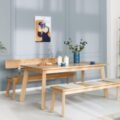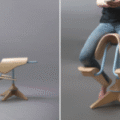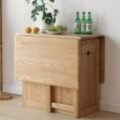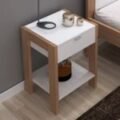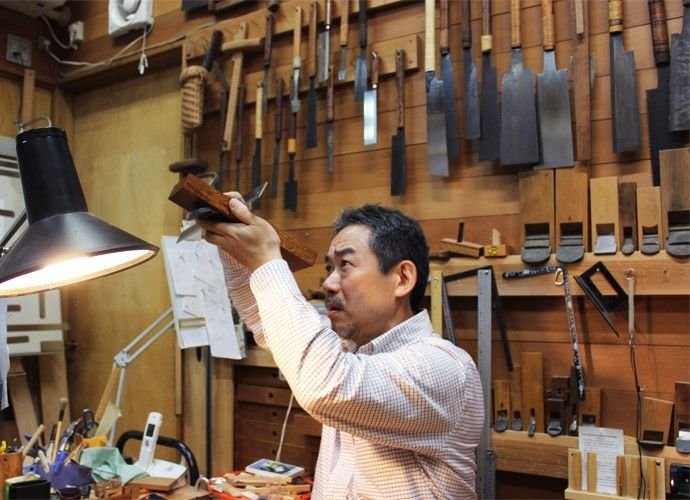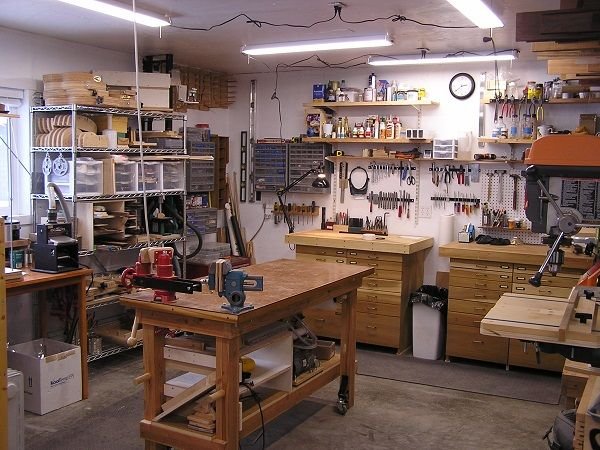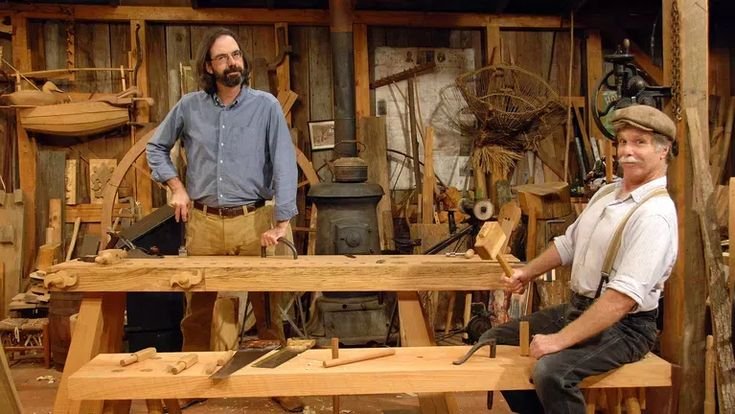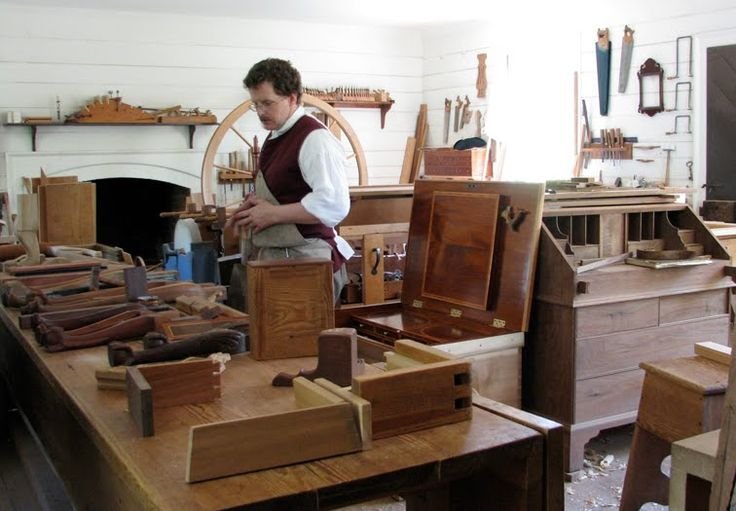Finding the Right Planer: Lessons from the Woodshop
You know, there’s something about the smell of sawdust and freshly planed wood that just gets under your skin. I mean, there’s nothing quite like it. When I first started tinkering with woodworking in my little garage—more of a glorified shed, really—I had this grand vision of turning out toys and furniture like a pro. But let me tell you, my first planer was a disaster waiting to happen, and I learned a whole heap along the way.
The Rookie Mistake
So, picture this: I’m knee-deep in a project—an adorable little table for my niece—which, by the way, I thought would be a weekend job. You know how that goes. I decided to use some beautiful, locally sourced maple from down at the lumberyard. The kind that smells sweet and looks like a piece of art even before you start sanding it down. But guess what? My little handheld planer wasn’t cutting it, literally. I had this cheap one that I picked up for next to nothing, probably at a big-box store. I thought, “How hard can it be?” Oh boy, was I naive!
I remember standing there, in my garage, the sun streaming in through the window but all I could feel was this creeping frustration. That planer would snag, leave deep gouges, and worst of all, it didn’t even leave a clean surface. It was like trying to shave with a rusty nail. I almost gave up right then and there. But then, a buddy of mine stopped by and laughed when I showed him my progress. He said, “Dude, you need a real planer!” He had one of those fancy ones: a DeWalt DW735, and you could practically hear angels singing whenever it started up.
The Upgrade
Against my better judgment, I decided to ‘invest’—I use that term loosely— in this new piece of equipment. I mean, what was a few hundred bucks in the grand scheme of things, right? I can honestly say that was one of the best decisions I’d made. The moment I plugged it in and fed that first piece of maple through… wow. The sound it made, that beautiful whooshing noise, it was like music. The wood emerged flat, clean, and ready to work with. I still remember how the grain shimmered under the shop light, just begging to be polished up. I had to stop and take a deep breath to soak it in.
Then there’s the smell; fresh-planed maple smells like a warm hug, doesn’t it? Anyway, I went from cursing the day I picked up a planer to realizing how essential it was to get the right tool for the job.
Hiccups Along the Way
Now, don’t get too excited; it wasn’t all roses. I had my fairy tale moments—sure—but I bumped into my fair share of hiccups. Like the time I didn’t check the blades closely enough. They had dulled, and I thought I could coast a little longer. I swear I nearly levitated when, halfway through a lengthy piece of oak, the planer started throwing tear-out all over. Oh, the horror! I had no idea wood could splinter that dramatically. I was mad, frustrated, and embarrassed. It was one of those moments where you want to throw the whole project out the window. Instead, I took a step back, had a cup of coffee (or three), and then tackled it again after some blade swapping.
You really learn the ropes like that, though. I mean, through all the mess-ups and minor disasters, I discovered how crucial it is to properly maintain your tools. Keeping the blades sharp made all the difference. Each time I remembered to check, it was like unlocking a new level in the game.
The Revelation
What really stuck with me, though, was the people. I started connecting with locals, and there’s this whole community of woodworkers who share tips and tricks. The other day, this elderly fella at the local hardware store told me, “Every piece of wood tells a story.” There’s something poetic about that, I think. Each knot, each blemish tells you something about where it’s been, and part of the beauty of working with wood is letting that character show through.
Honestly, I got to a point where I started mixing different types of wood as well. I wouldn’t just reach for maple all the time—exploring walnut, cherry, and even some reclaimed wood added dimensions to what I was creating. Each grain brought something new to the table, literally!
A Final Thought
So, if you’re sitting there, contemplating whether to dive into woodworking or to upgrade that old planer you’ve got gathering dust, I’ll say it loud and clear: just go for it! Don’t let a few scrapes and misfires deter you. Every snag and tear-up is a learning moment. You’ll find there’s so much joy in the process of building something with your own hands.
Imagine the pride you’ll feel when you look at that finished project and know you fought through the frustrations to get there. So, grab that cup of coffee, roll up your sleeves, and make some sawdust magic happen. You won’t regret it.

